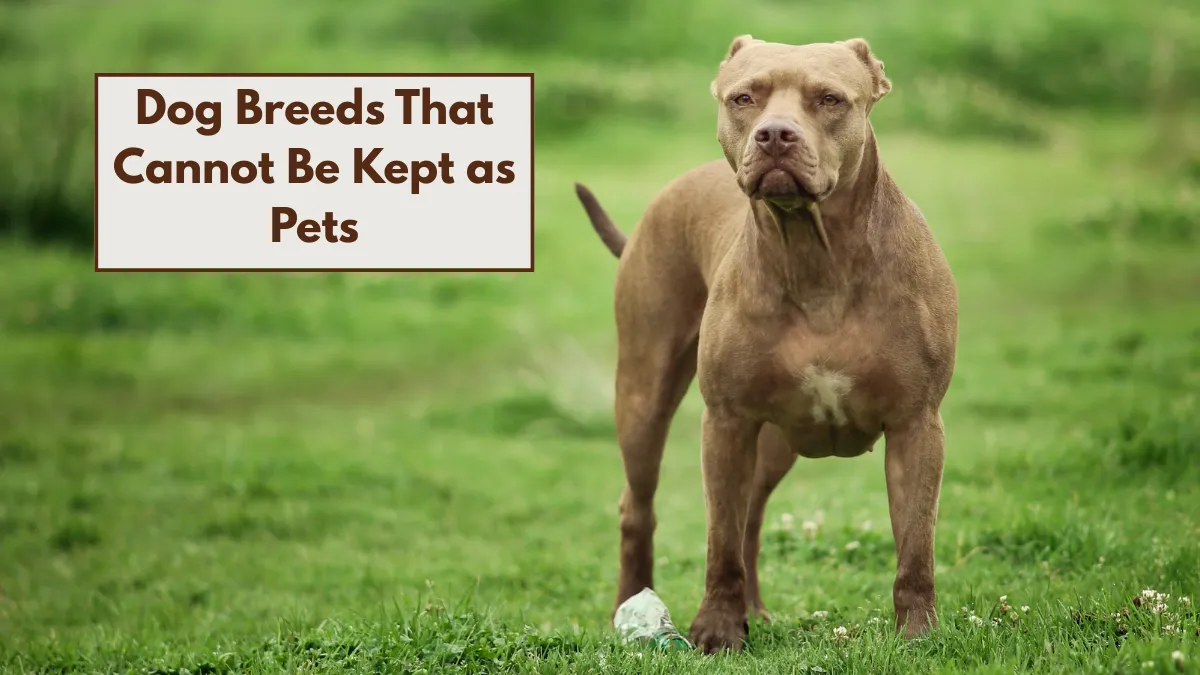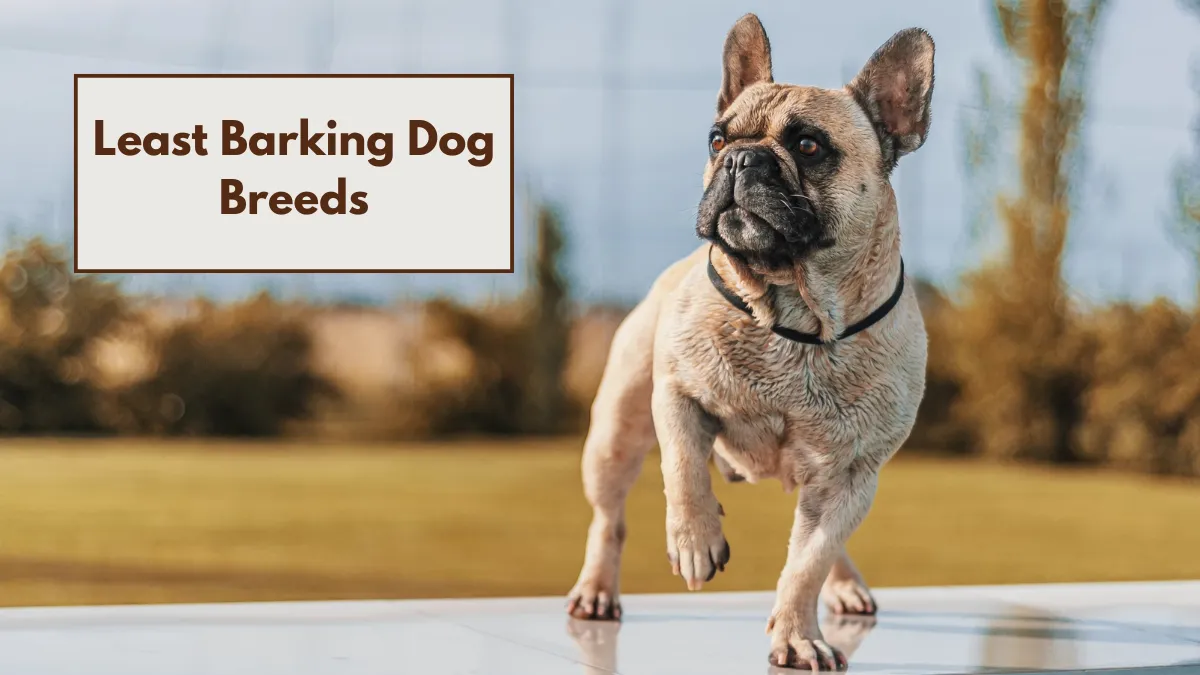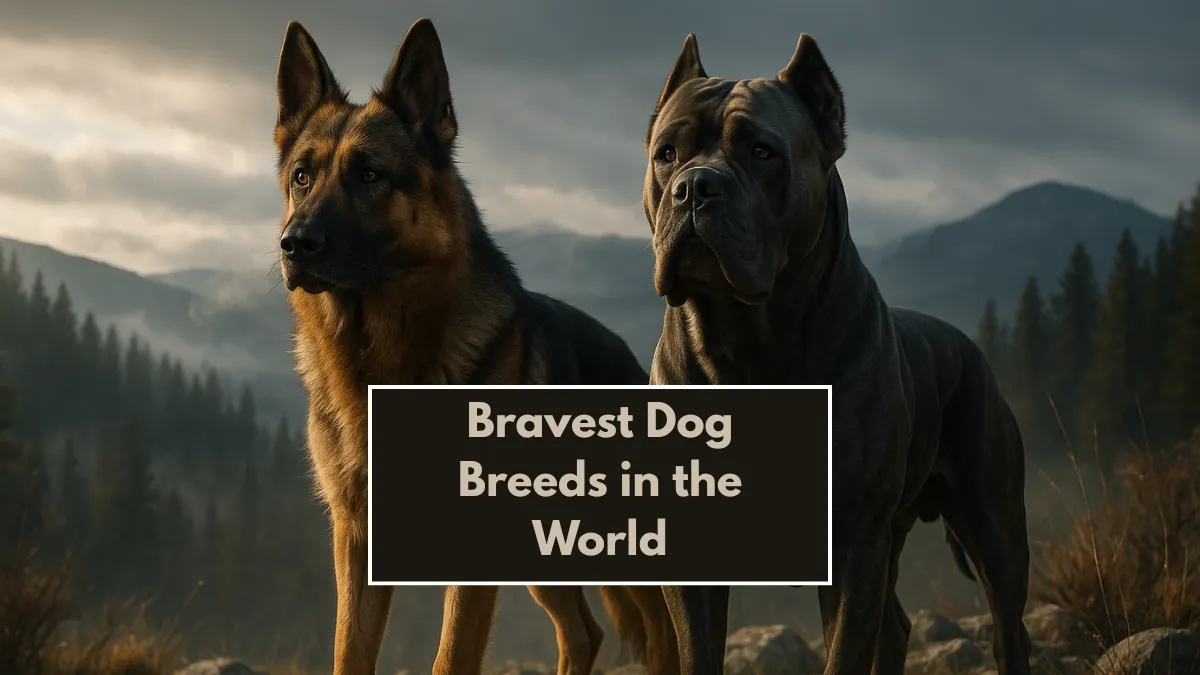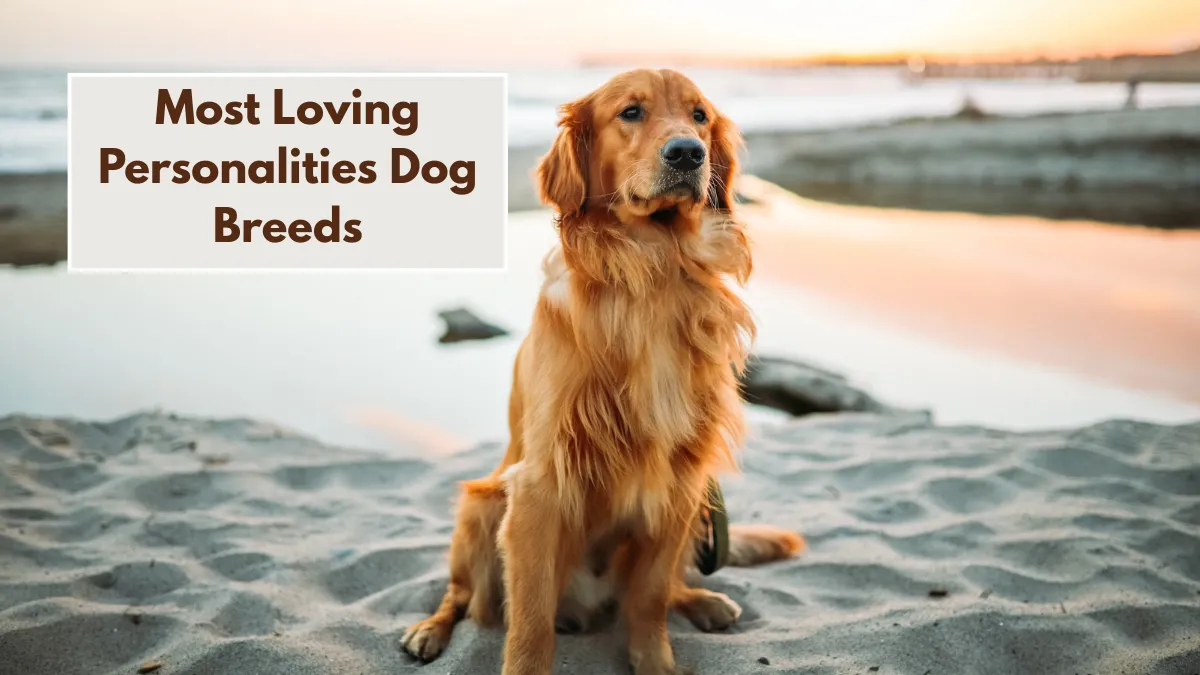Some dog breeds, even though they are strong, smart, and loyal, are banned or restricted in many countries. This is often because of safety concerns, aggressive behavior in the past, or the amount of care and training they need. These breeds are often used for guarding, hunting, or protection work.
But in everyday homes, especially with untrained owners, they may be too risky. While many of these dogs can be wonderful with the right care, some countries have laws that limit or ban them. Let’s look at 7 dog breeds that are banned in several places around the world.
1. Pit Bull Terrier
Pit Bulls are one of the most restricted dogs in the world. They are banned in countries like the UK, Ontario in Canada, New Zealand, and many U.S. states. This is mostly because they were once used in dog fighting and have a strong bite. They can cause serious harm if they attack.
Even though they have a bad reputation, Pit Bulls can be loving and loyal if raised right. With proper training, early socialization, and firm leadership, they can be great pets. Many believe it’s the owner’s fault, not the dog’s, when problems happen.
- Why Banned: Strong bite, dog fighting history, and aggressive behavior
- Banned In: UK, Ontario (Canada), New Zealand, many U.S. states
2. Japanese Tosa (Tosa Inu)
The Japanese Tosa is a big, powerful dog bred for fighting in Japan. What makes them different is that they were trained to fight silently, making them seem calm even when they are aggressive.
They are banned in Denmark, Norway, Iceland, and the UK, and even in Japan, owning one is tightly controlled. They can be loyal but are very strong and dominant, so they’re not good for new dog owners.
- Why Banned: Very strong, fighting background, and unpredictable behavior
- Banned In: UK, Norway, Denmark, Iceland, and parts of Europe
3. Dogo Argentino
The Dogo Argentino was bred in Argentina to hunt wild animals like boars. They are muscular, full of energy, and have a strong drive to chase prey. That’s why they can be dangerous without good training.
They are banned in the UK, Australia, and Denmark. Though loyal and loving with their families, they need a skilled owner who can manage their energy and strength with the right training.
- Why Banned: Hunting instinct, powerful body, and aggressive behavior
- Banned In: UK, Australia, Denmark, and parts of Europe
4. Fila Brasileiro (Brazilian Mastiff)
The Fila Brasileiro is known for being very loyal and protective. They were once used in Brazil to catch runaway slaves, which makes them very defensive and wary of strangers.
They are banned in New Zealand and the UK and are restricted in other countries. While they bond closely with their owners, they don’t do well around visitors or small kids due to their protective nature.
- Why Banned: Strong guarding instincts, large size, and unpredictable behavior
- Banned In: UK, New Zealand, and parts of Europe
5. American Staffordshire Terrier
These dogs look a lot like Pit Bulls and are just as strong. They are friendly with people, but because of their background in dog fighting, many places still restrict or ban them.
They need firm training and early socialization, which makes them a poor choice for new dog owners. In parts of Europe and Australia, you either can’t own them or need a special license.
- Why Banned: Strong build, history of fighting, and potential aggression
- Banned In: Australia, parts of Europe, and some U.S. states
5. Perro de Presa Canario
This large, muscular dog was bred in the Canary Islands to guard livestock. They are brave, strong, and very dominant, which can make them dangerous without proper handling.
They are banned in Australia and New Zealand and restricted in other places. Because they are territorial, they need a strong, experienced owner who can give firm and consistent training.
- Why Banned: Guard dog instincts, strong-willed, and history of attacks
- Banned In: Australia, New Zealand, and parts of Europe
6. Boerboel
The Boerboel is a South African Mastiff bred to guard farms. They are smart, strong, and independent, which means they need a confident and capable owner.
They are banned in Denmark and Romania. Boerboels can become aggressive and territorial without proper training and leadership, which makes them risky in the wrong homes.
- Why Banned: Protective nature, size, and aggressive behavior toward strangers
- Banned In: Denmark, Romania, and parts of Europe
Last Thought
While many of these dog breeds can make loyal and loving pets in the right hands, they are not for everyone. Their strength, instincts, and protective nature require skilled, experienced owners who can train and manage them properly.
Bans and restrictions exist mainly to protect the public and prevent dangerous situations. If you’re considering one of these breeds, be sure to check your local laws and understand the serious commitment needed.
FAQs
1. Are banned dog breeds always aggressive?
Not always. Many become aggressive due to poor training, neglect, or abuse rather than their breed alone.
2. Can I legally own a banned dog with a permit?
In some places, yes. You may need special licenses, training, or insurance to own restricted breeds.
3. Why are some friendly dogs like Pit Bulls banned?
Their history with fighting and high bite force leads to strict laws, even though many are sweet when raised right.
4. What should I do if I already own a banned breed?
You should contact your local animal control or government authority to understand your legal responsibilities.
5. Are breed bans effective in preventing dog attacks?
Experts debate this. Some say proper training works better than banning certain breeds altogether.





